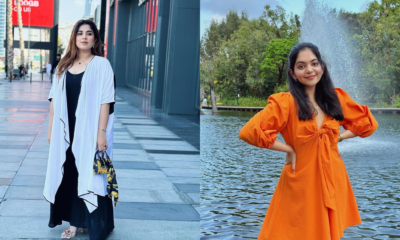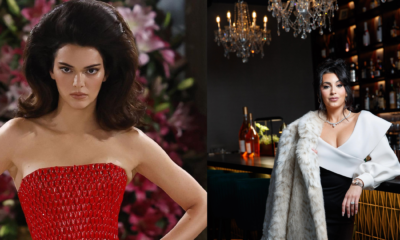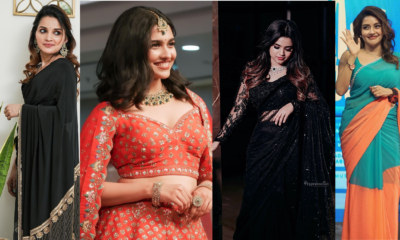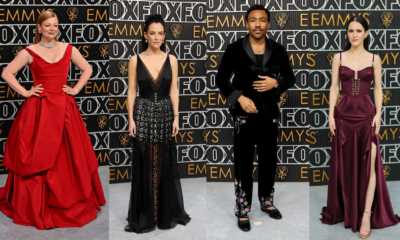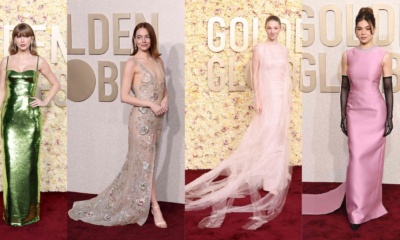Fashion
Admiring the Most Stylish Royals in Indian History
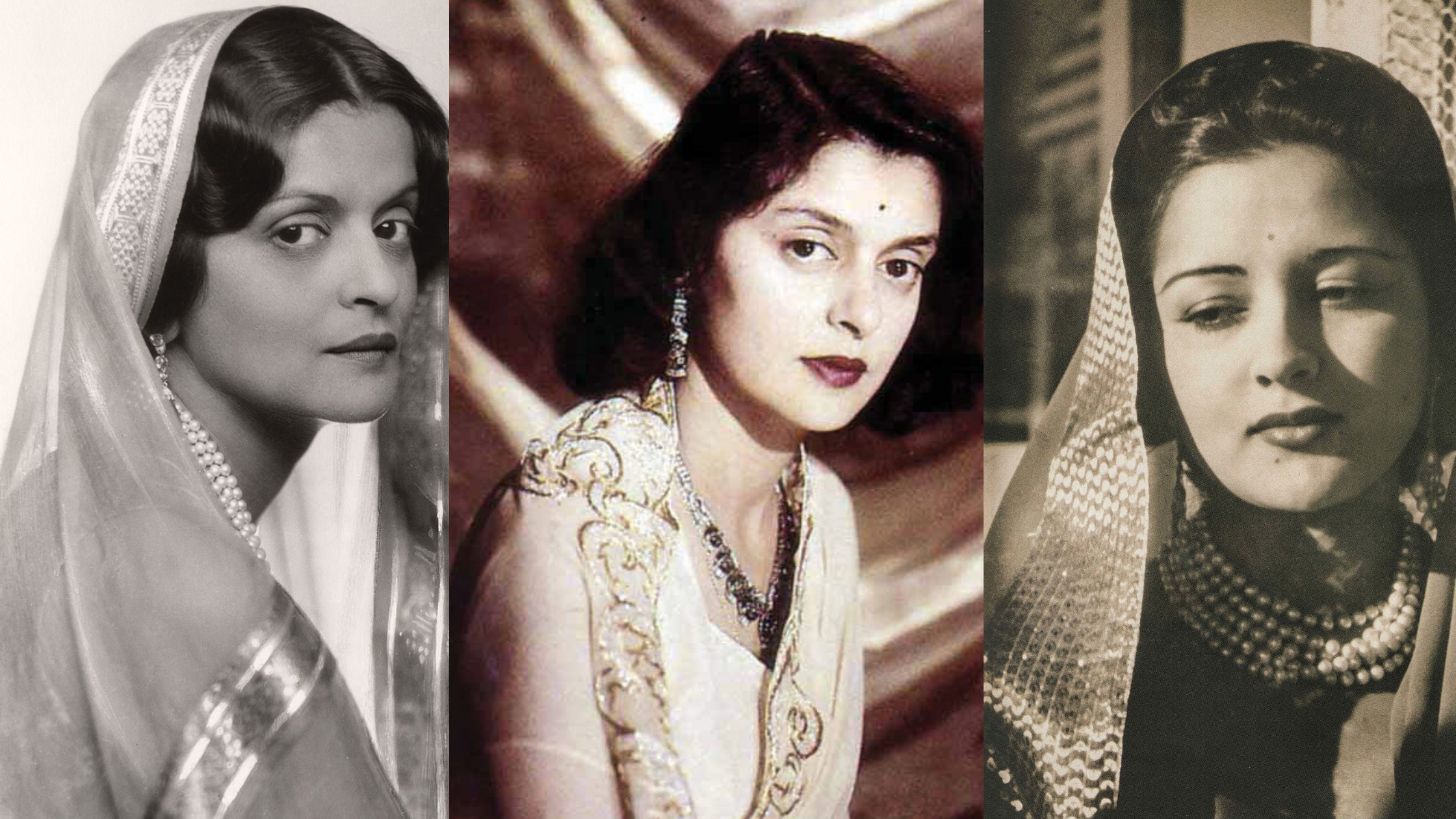
India’s rich past is full with legends of princes and princesses that have captured the hearts and minds of people there for ages. For these royals, luxury was a whole other level. They wore saris woven of pure gold, emeralds the size of pigeon eggs, and an abundance of Schiaparelli outfits. Despite their enormous wealth, some of these Indian royals stood out in the chronicles of history due to their exquisite taste. Here, we present a unified image of India’s royal family, their distinctive look, and how it attracted the interest of global journalists, legacy companies, and designers.
Maharani Gayathri Devi of Jaipur
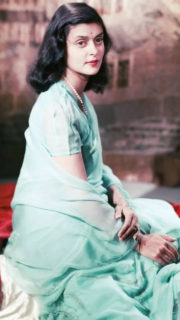
Maharani Gayatri Devi (1919-2009), regarded as a style icon in Europe and India, was more than just her collection of chiffon saris. She won the hearts of the Indian people, who repeatedly elected her to political office after the Maharaja of Jaipur fell deeply in love with her. She bequeathed an amazing legacy of Indian royalty’s way of life.
Regardless of her position as a maharani, politician, wife, or mother, Gayatri Devi always wore the same look. Given that Indian royal women were frequently expected to dress traditionally, Maharani Gayatri Devi was usually seen wearing modest, long-sleeved shirts with tastefully draped chiffon saris in gentle pastel colors. She loved to ride horses on the polo fields, though, and she also preferred slacks and didn’t mind donning them in public with short hairstyles. She rarely wore makeup, usually only a thoughtfully selected lipstick tint. Gayatri Devi’s embrace of the West was further demonstrated when she invited Jacqueline Kennedy Onassis to India. A well-known photo from Life Magazine featured the two ladies wearing matching double-strand pearl necklaces and an exquisite outfit.
Maharani Indira Devi of Cooch Behar
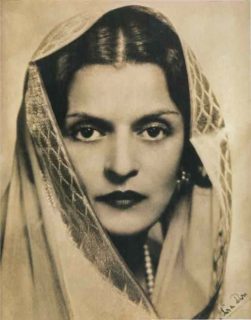
When it comes to her clothes, Indira Devi dressed like her mother. She was the first lady to start using French chiffon fabrics for saris. Without her, the history of some of the most famous chiffon sari scenes in Indian cinema—portrayed by Alia Bhatt in Rocky and Rani Ki Prem Kahaani, or by Sridevi in Chandni—may not have unfolded as it did. At the time, the translucent material was mostly connected to lingerie, therefore Maharani Indira Devi’s decision to take this brave and revolutionary action was all the more admirable. When this fashion was first conceptualized in the 19th century, one can only imagine the scandalous implications it may have raised. Nevertheless, Indira Devi was undeterred, making floral chiffon saris with traditional silver or gold borders her trademark.
In her book Royal Patronage, Power and Aesthetics in Princely India, historian Angma Dey Jhala also mentions that the princess was a shoe enthusiast and that she ordered over 100 pairs from Salvatore Ferragamo, an Italian luxury house renowned for their exquisite footwear. Two pairs were available: the first pair was made of green velvet and had a pearl spiral around the heels, while the second pair was made of black velvet and had a diamond buckle.
Princess Karam of Kapurthala
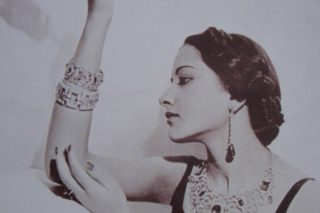
Known as Sita Devi, Princess Karam of Kapurthala was known as the “pearl of India” in Parisian, New York, and London fashion circles throughout the 1920s and 1930s. Her marriage into a wealthy family complemented her love of European dress to perfection. Her father-in-law, the Maharaja of Kapurthala, was a well-known Francophile and a global traveler. His obsession with the French was so great, in fact, that he drew inspiration for his own palace from the Palace of Versailles.
Princess Karam was considered an inspiration by western artists such as Cecil Beaton and Man Ray, and she was multilingual in French, English, and German. She was frequently seen wearing pricey couture and oozing with Cartier and Boucheron gems. She even served as inspiration for designer Elsa Schiaparelli in 1935 when she created a line of evening dresses based on her saris.
Niloufer, Princess of Hyderabad
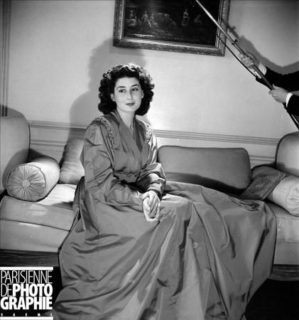
Niloufer Farhat Begum, who was raised in France after being born in Istanbul, married the second son of the Nizam who had previously ruled Hyderabad. The princess, though not of Indian descent, adapted to traditional Indian attire like a very stylish fish to water. She was one of the first Indian fashion influences to westernize the traditional sari’s design and draping techniques, making her a trailblazer in the field of women’s health in India.
Her fashion alternated between traditional Indian garb and western silhouettes such as off-the-shoulder gowns and dresses since she frequently visited to other nations. Her fashion sense is so recognizable that it was showcased in the Fashion Institute of Technology Museum in New York.
Maharani Sita Devi of Baroda
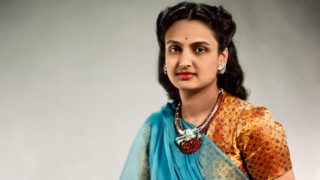
One of India’s most colorful royals, Maharani Sita Devi of Baroda, enjoyed the affluent lifestyle of Europe. The queen spent a significant portion of her life alternating between Monaco and Paris; in her later years, she was even granted Monaco citizenship. Records state that she would pack hundreds of saris, shoes, furs, and her renowned ruby-studded cigarette holder for every trip. She became even more fascinating and, perhaps a bit notorious, after her contentious marriage to the Maharaja of Baroda (both of them were married to other people when they met and started their relationship).
She was well-known for her excesses, such as her purchase of pure gold tongue cleaners from the upscale French jewelry brand Van Cleef & Arpels. Her famous Baroda Pearl Canopy, a one-of-a-kind creation made of 9,50,000 priceless Basra pearls, emeralds, sapphires, rubies, and colored glass beads, brought $2,235,000 (around INR 18 crores) at Christie’s auction in 2019.
Fashion
Bridal Guide: Top Bridal Fashion Trends of 2025
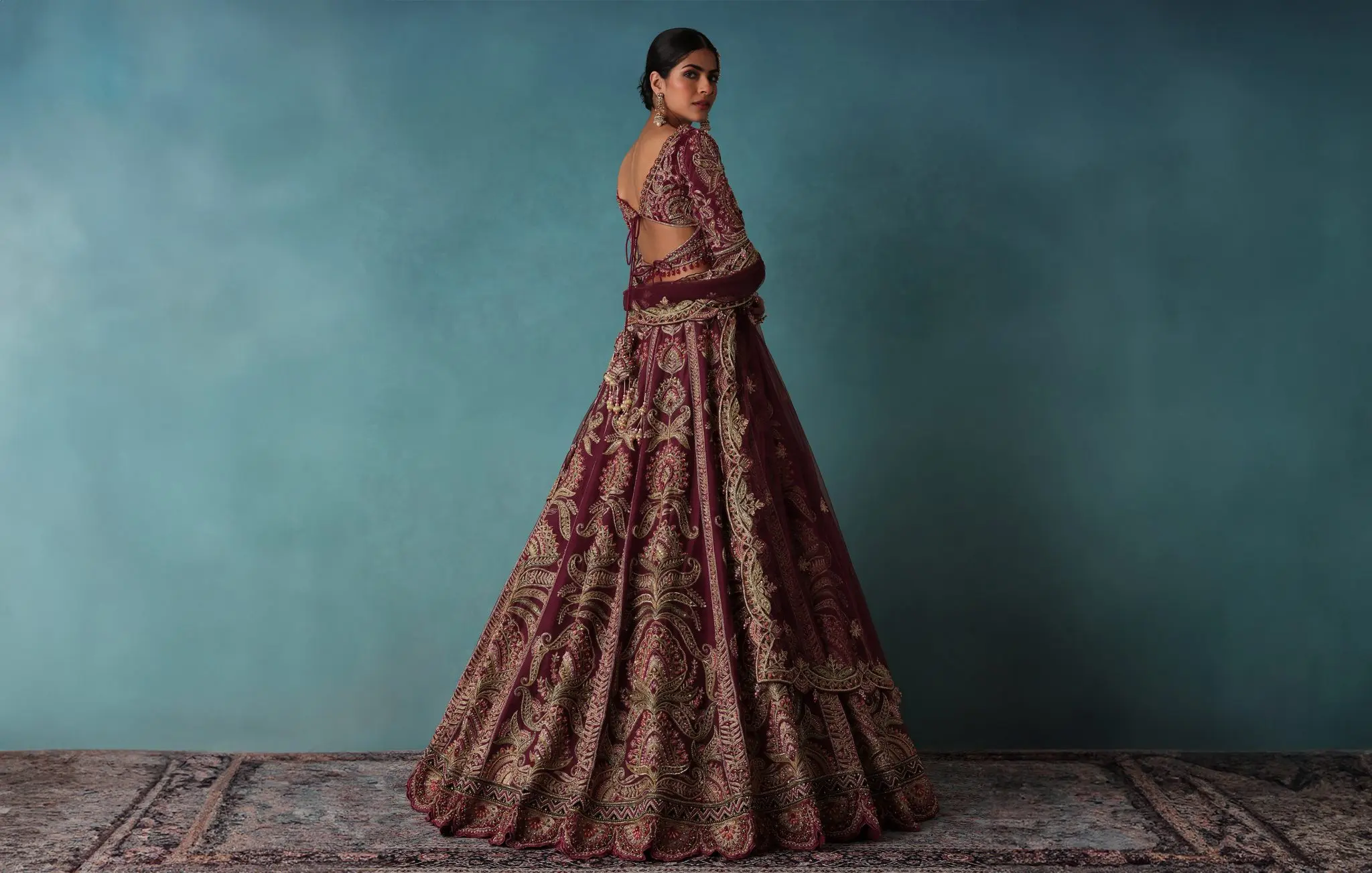
Bridal fashion in 2025 is all about redefining tradition with a touch of modern flair. Whether you’re planning your big day or just love bridal style, here’s a quick look at this year’s top trends.
1. Modern Lehengas
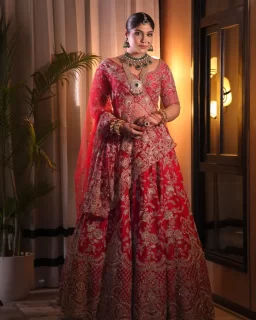
Traditional lehengas get a fresh upgrade with 3D florals, bold shades like mauve and emerald, and rich fabrics like velvet. Expect classic silhouettes with unexpected color and texture combos.
2. Satin Minimalism

Sleek satin gowns are in. With clean lines, off-shoulder cuts, and subtle details, they radiate elegance for brides who prefer understated glam.
3. Sarees, Reinvented
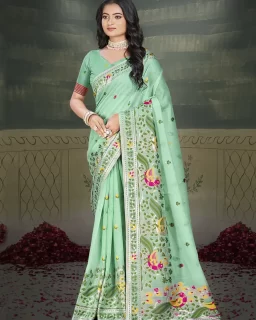
Think tulle, organza, ruffles, and structured blouses. The timeless saree is going experimental — and it’s stunning.
4. Sustainable Bridal Wear
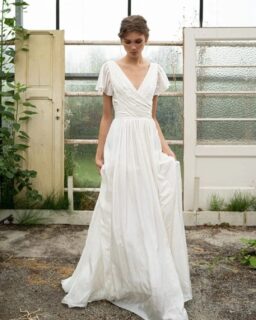
Eco-friendly fabrics, recycled embellishments, and upcycled jewelry are gaining traction, combining beauty with conscience.
5. Vibrant Color Palettes

Brides are ditching reds for lavender, emerald, and blush tones. Layered hues bring personality and vibrancy to the aisle.
Bridal Style, Reimagined
2025 bridal fashion is bold, elegant, and deeply personal. Whether you’re leaning classic or contemporary, this year is all about owning your bridal moment — your way.
Fashion
The Year of Statement Hat
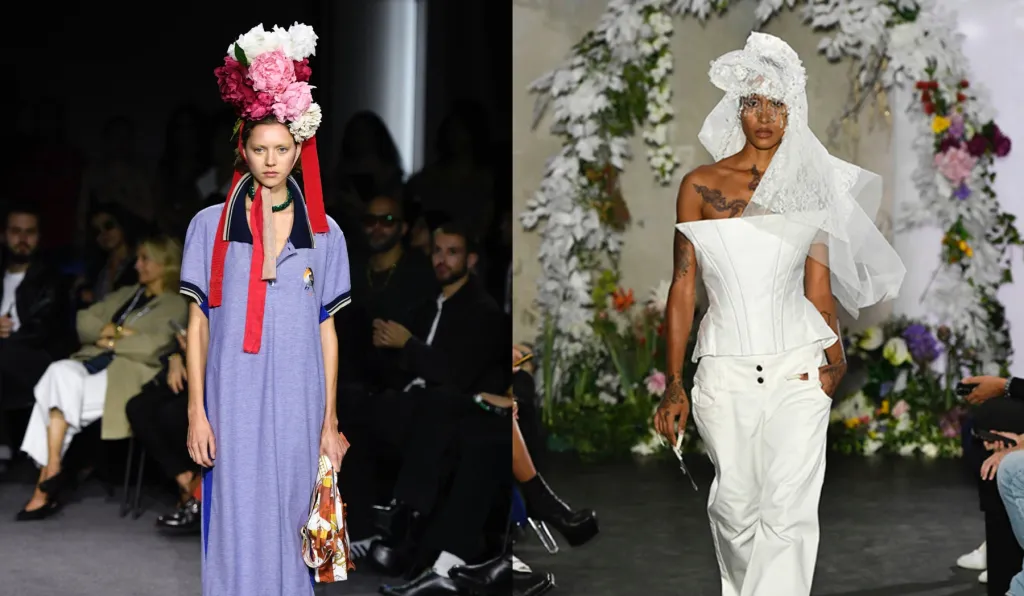
When Anya Taylor-Joy stepped out at this year’s Cannes Film Festival in Jacquemus’ Le Chapeau Bomba, a delightfully oversized raffia hat it was clear that this accessory had become the season’s ultimate statement piece. The fall 2024 runways echoed this sentiment, with Chanel and Prada showcasing hats as the new must-have. Think of Sarah Jessica Parker’s oversized Maryam Keyhani creation, worn on the set of And Just Like That… earlier this year, or Margaret Qualley donning Chanel’s nautical style at Cannes. These hats are for the main characters who command attention, making a bold statement long before you arrive.
Altuzarra’s fall 2024 collection featured boxy headpieces on some models, each designed to evoke a specific character. “It was about finding joy in wearing a complete look, fully embodying a character,” explains designer Joseph Altuzarra. Interestingly, this was the label’s first foray into hats beyond casual knit and woven styles. ‘We didn’t plan to sell them,’ Altuzarra admits, ‘but they ended up being a hit.
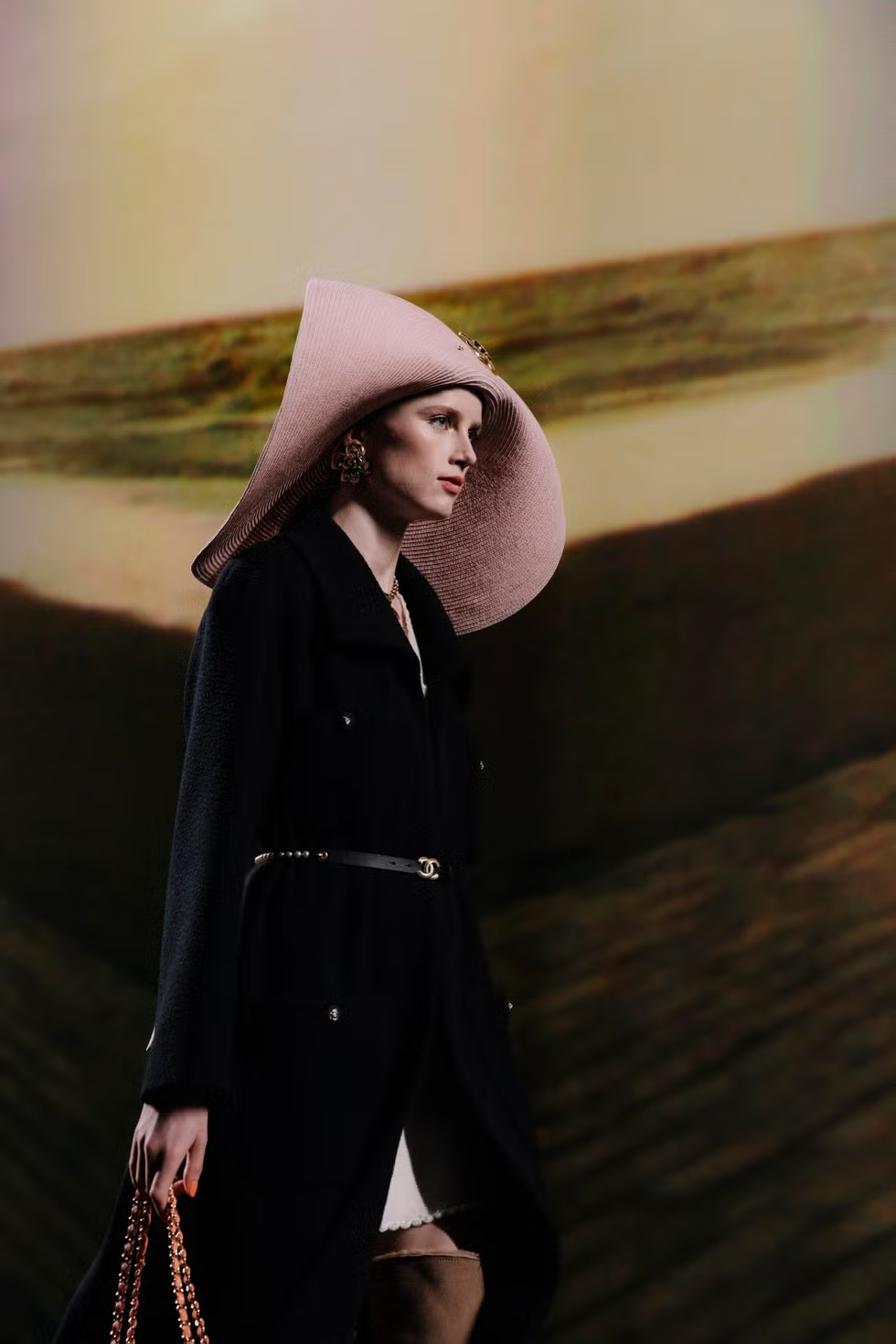
Similarly, milliner Gigi Burris O’Hara has experienced a surge in demand. Although she launched her brand, Gigi Burris, in 2012, she only opened her first store late last year. “During leaner times, when people become more selective with their spending, they seek joy in thoughtful purchases,” she explains.
After years of embracing a more casual style, we’re now gravitating toward all things expressive. Maximalist content creator Sara Camposarcone has been embracing pieces from small brands like Potion23, renowned for its whimsical, witchy hats. “I feel like I can now wear bolder headpieces that complement my extravagant outfits,” Camposarcone shares. “Since discovering vintage fashion, I’ve developed a passion for finding great vintage pillbox hats or a 1920s fascinator.”
Fashion
The Iconic Bags and Their Names

Handbags are more than just functional accessories; they are statements of style and symbols of status. Over the years, several handbags have achieved iconic status, becoming synonymous with luxury and timeless fashion. Here’s a look at some of the most iconic bags and the stories behind their names.
Hermès Birkin

Origin: The Birkin bag was born from a chance encounter between actress and singer Jane Birkin and Hermès CEO Jean-Louis Dumas on a flight in 1981. Birkin mentioned her struggle to find a perfect weekend bag, leading Dumas to design a bag tailored to her needs.
Icon Status: The Birkin is known for its exclusivity, craftsmanship, and high price tag. It has become a symbol of wealth and luxury, often with a waiting list of years.
Chanel 2.55
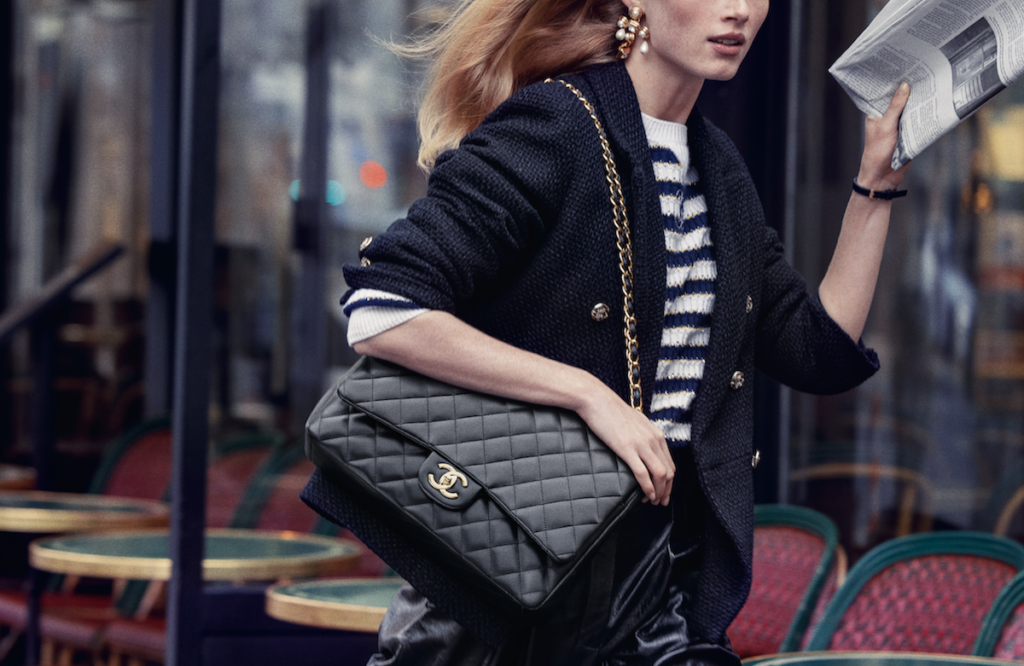
Origin: Created by Coco Chanel in February 1955 (hence the name), the Chanel 2.55 was revolutionary for its time, introducing the concept of a shoulder bag, freeing women from the inconvenience of clutch bags.
Icon Status: With its quilted leather, chain strap, and distinctive CC lock (added in the 1980s by Karl Lagerfeld), the 2.55 remains a timeless piece, beloved by fashionistas worldwide.
Louis Vuitton Speedy
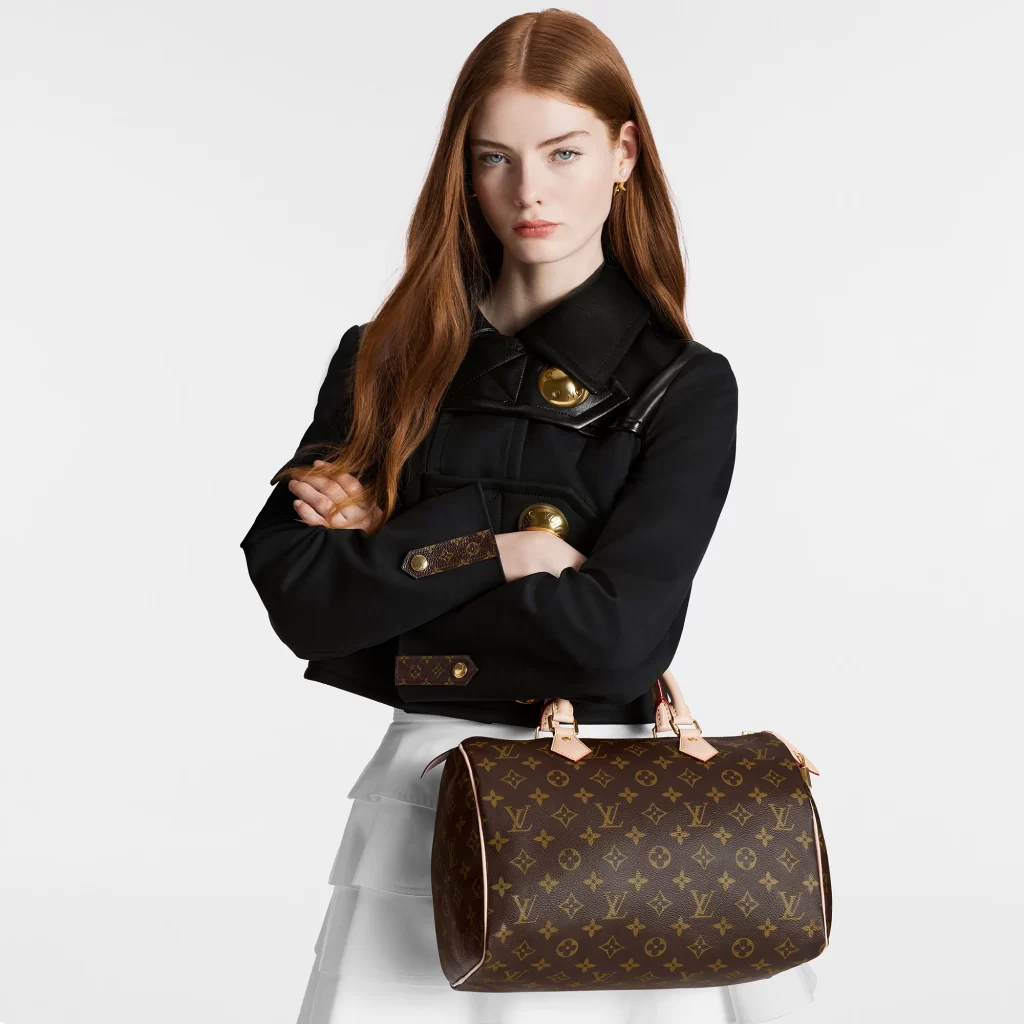
Origin: Introduced in the 1930s, the Speedy was designed as a smaller version of the Louis Vuitton Keepall. It became particularly popular in the 1960s when Audrey Hepburn requested a smaller version, leading to the creation of the Speedy 25.
Icon Status: Known for its classic monogram canvas and practicality, the Speedy is a versatile bag that has remained a staple in the fashion world for decades.
Dior Lady Dior
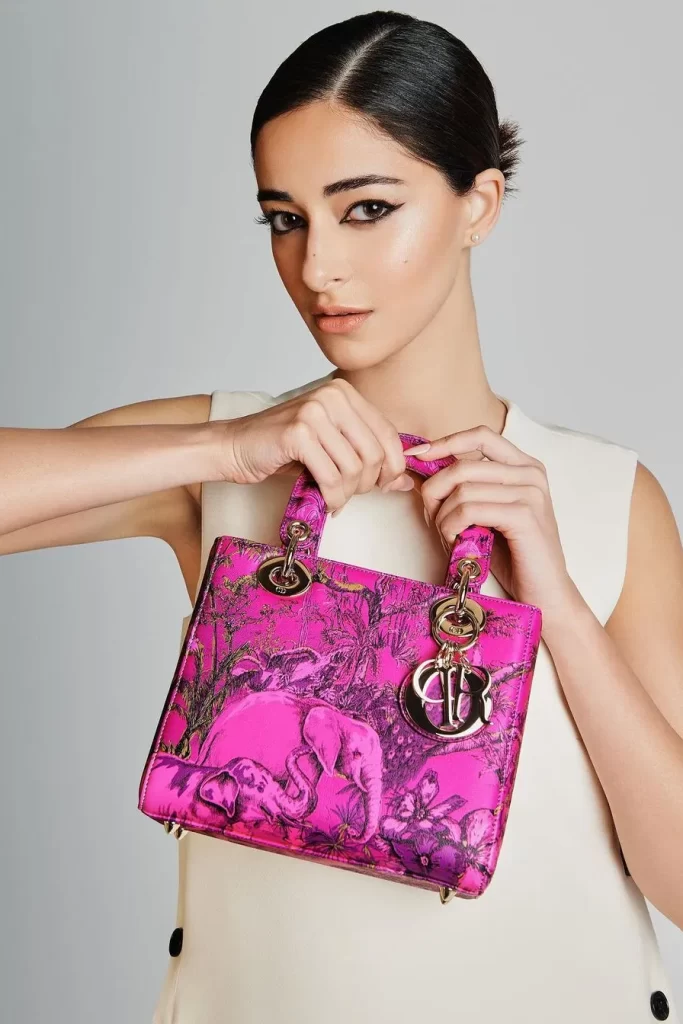
Origin: First presented in 1994, the Lady Dior bag was initially known as “Chouchou.” It gained its iconic status when Princess Diana was photographed with it in 1995, leading to its renaming in her honor.
Icon Status: The bag’s signature cannage stitching and dangling Dior charms make it instantly recognizable. It’s a favorite among celebrities and royalty, symbolizing elegance and sophistication.
Gucci Jackie
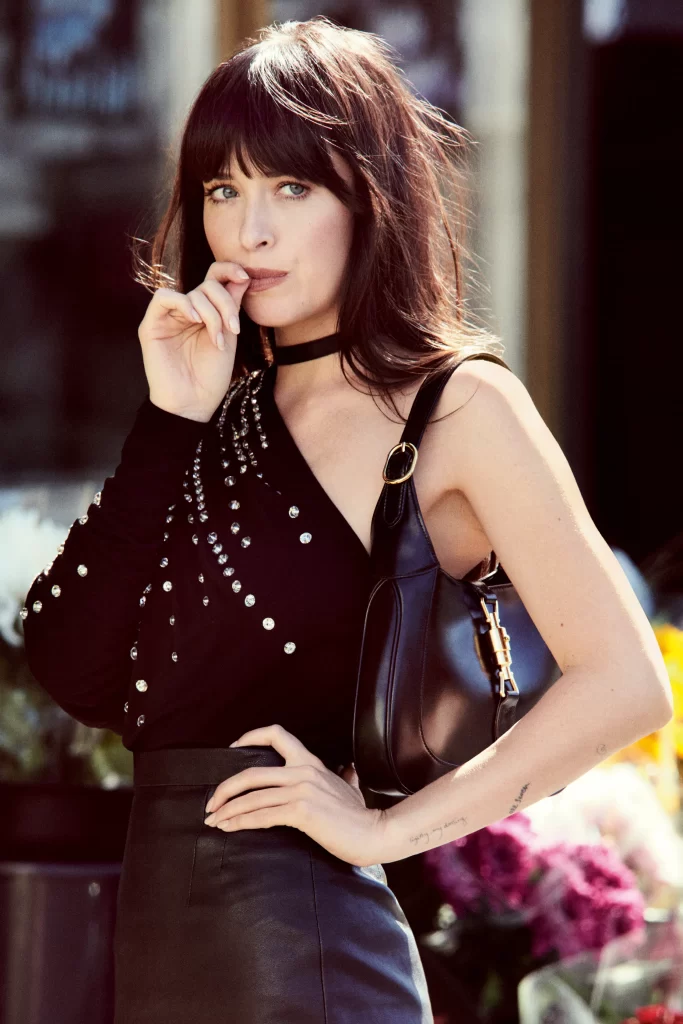
Origin: Originally called the Fifties Constance, this bag was renamed the Jackie after Jackie Kennedy was frequently photographed carrying it in the 1960s.
Icon Status: The Jackie bag’s hobo shape and piston strap closure make it a timeless piece. It has seen numerous revivals and remains a classic in the Gucci lineup.
Prada Galleria
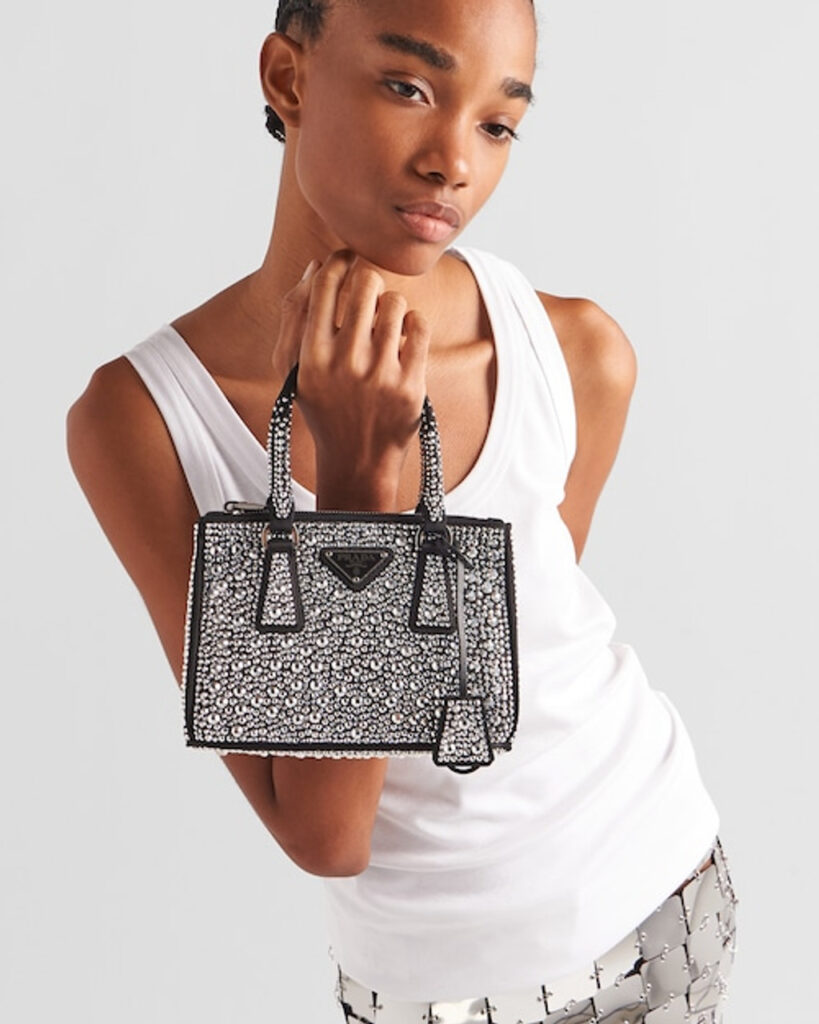
Origin: Named after the historic Prada boutique in Milan’s Galleria Vittorio Emanuele II, the Galleria bag epitomizes the brand’s heritage and craftsmanship.
Icon Status: With its clean lines, structured shape, and Saffiano leather, the Galleria bag is a symbol of modern elegance and understated luxury.
Fendi Baguette
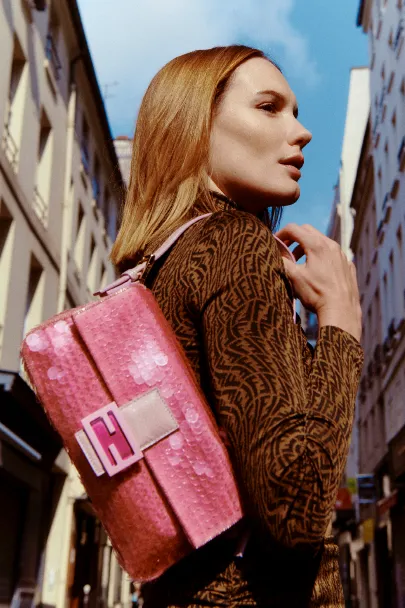
Origin: Designed by Silvia Venturini Fendi in 1997, the Baguette was named for its shape, resembling the French baguette loaf, and designed to be carried under the arm.
Icon Status: Popularized by its appearance on the TV show “Sex and the City,” the Baguette became a must-have accessory, famous for its countless variations in colors and materials.
Balenciaga City
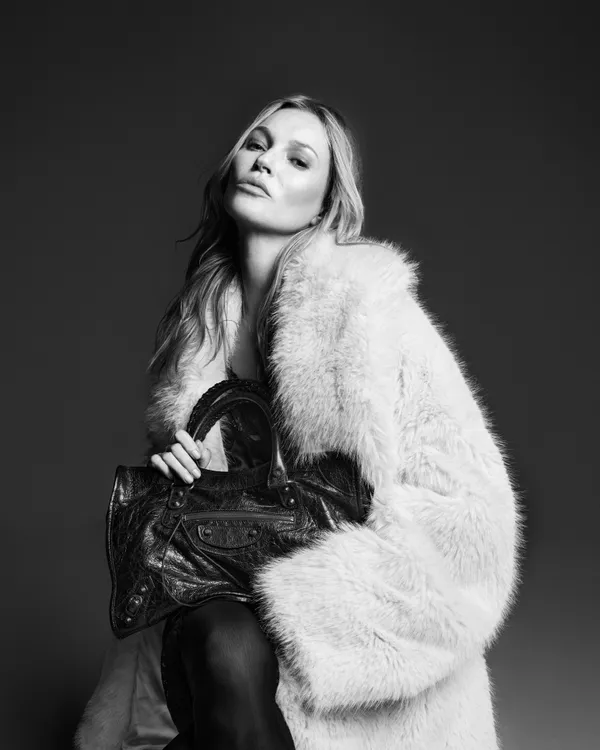
Origin: Introduced in the early 2000s, the Balenciaga City bag, also known as the Motorcycle bag, was designed by Nicolas Ghesquière. Its casual yet chic design quickly gained a cult following.
Icon Status: Known for its slouchy silhouette, distinctive hardware, and tassels, the City bag became an icon of the 2000s and continues to be a beloved piece.
These iconic bags have transcended fashion trends, becoming enduring symbols of style, craftsmanship, and luxury. Each bag tells a unique story, adding to its allure and making it a coveted piece for fashion enthusiasts around the world. Investing in one of these iconic bags is not just about owning a stylish accessory but also a piece of fashion history.
-

 Style11 months ago
Style11 months agoBridal Guide : Best Looks of Radhika Merchant Ambani
-
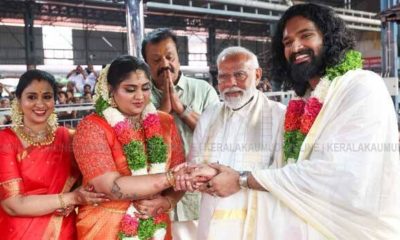
 Entertainment1 year ago
Entertainment1 year agoThe Stunning looks from Bhagya Suresh’s Wedding
-

 Fashion1 year ago
Fashion1 year agoMost Discussed Ajrakh Saree of Alia Bhatt
-

 Entertainment1 year ago
Entertainment1 year agoThe Most Stylish Guests of Bhagya Suresh Reception
-

 Entertainment1 year ago
Entertainment1 year agoBridal Bliss : All Bridal Looks of Swasika Vijay
-

 Movies1 year ago
Movies1 year agoA Nostalgic Journey Through Love &Cinema : Best Bollywood Romantic 90s Movies
-

 Fashion1 year ago
Fashion1 year agoMajor Denim Trends You Need To Know in 2024
-

 AD8 months ago
AD8 months agoPopular Curtain Fabrics to Consider for Your Home


